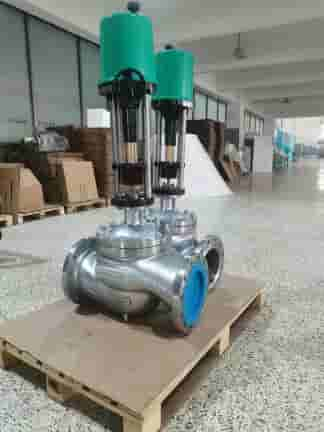understanding the electric single seat regulating valve: a comprehensive overview
Release time:2024-12-06 01:31:24
Electric single seat regulating valves are crucial components in modern fluid control systems, widely used in various industrial applications. These valves facilitate precise control over the flow and pressure of liquids and gases, ensuring optimal performance and efficiency in processes ranging from manufacturing to energy production. This article explores the design, operation, advantages, and applications of electric single seat regulating valves, highlighting their importance in contemporary engineering.

Design and Structure An electric single seat regulating valve typically consists of three primary components: the valve body, the actuator, and the control system. The valve body is designed with a single seat, which helps in minimizing leakage and ensuring reliable sealing. The internal structure usually includes a disc or plug that moves within the valve body, controlling the flow of fluid. The actuator, often electric, converts electrical signals from the control system into mechanical movement, allowing the valve to open or close as required.
The valve's design can vary depending on the application, but common materials include stainless steel, brass, and various plastics, selected for their corrosion resistance and durability. The size and shape of the valve also depend on the flow rate, pressure, and temperature requirements of the specific application.

